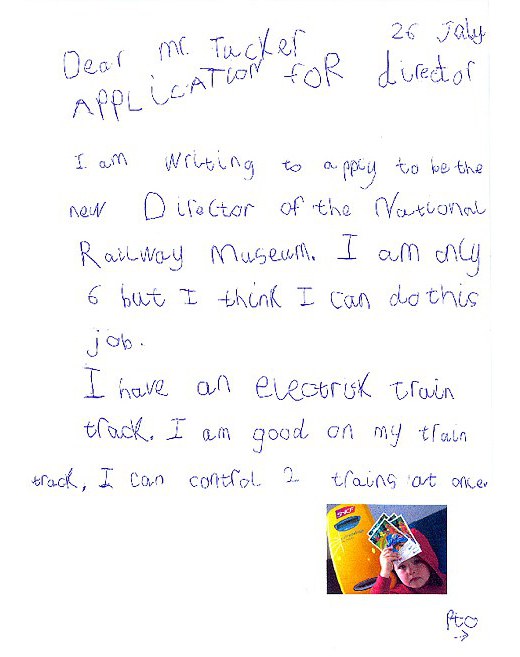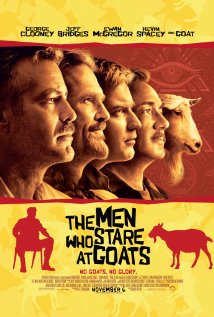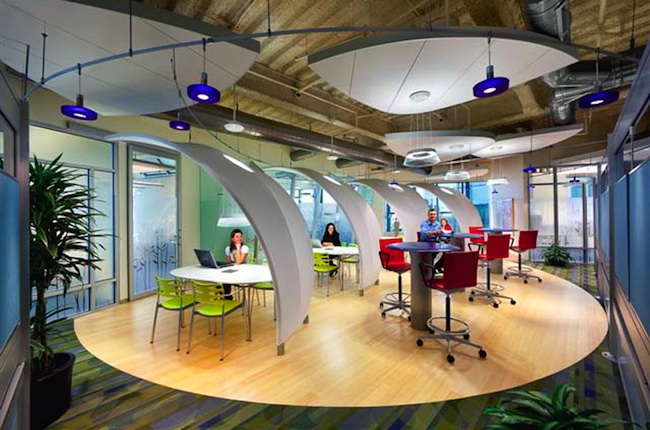Vacation Rewind: A 6-Year Old's Kick-Butt Cover Letter
Note: I am on vacation and while away this week I will be re-running a few old posts that for whatever reason I think deserve a second chance. Hope everyone has a great week!
-----------------------------------------------------------------------------------
(originally posted in April 2011)
Yesterday the always entertaining and informative Letters of Note site ran the following letter - essentially a job application cover letter for the position of Director of the National Railway Museum in York, England.
Why this letter was deemed 'notable', is that is was written by a 6-year old. Check the image of the letter, with the full text (with my commentary in parentheses) reprinted below:

-----------------------------------------------------------------------------------
26 July
Dear Mr. Tucker (kid is networked or informed enough to directly address the hiring manager, nice)
Application for director (hiring manager gets what this letter is about)
I am writing to apply to be the new Director of the National Railway Museum. I am only 6 but I think I can do this job. (Acknowledge surface limitation, but immediately discount it, and boldly assert competence and confidence)
I have an electrick train track. I am good on my train track. I can control 2 trains at once. (Demonstrable and relevant skills. Indicates passion for the work as well. Two trains at once in not easy)
[PHOTO]
I have been on lots of trains including Eurostar and some trains in France. (Interest and expertise in the field) I have visited the museum before. (Familiarity with the business) I loved watching the trains go round on the turntable. (Humanizes and connects at an emotional level)
On the other side is a picture of me.
Hopefully I can come and meet you for an interview. (Asks for the interview)
From
Sam Pointon
--------------------------------------------------------------------------------
To me, this letter is money all the way around. I will be more than happy to give the 6-year old the interview based on this letter alone. And additionally, the pattern that young Sam followed to describe himself, assert what we was capable of doing, offer some insight to his passion for the work, and to plainly state his case is one that really anyone out there trying to make a similar pitch could do well to learn from.
Sure, you can drop two or three bills with your local resume writer/cover letter coach/career guru to help you wordsmith that just right message, and it might be worth your time.
Or you could take a lesson from a 6-year old that just made a pitch that quite frankly is better than 3/4 of the bilge that crosses most recruiter's desks every day.
Oh and by the way, young Sam did not actually land the job as Director of the Museum. But, he was named 'Director of Fun', a post that sounds in some ways, way cooler that Director could ever be.

 Steve
Steve


